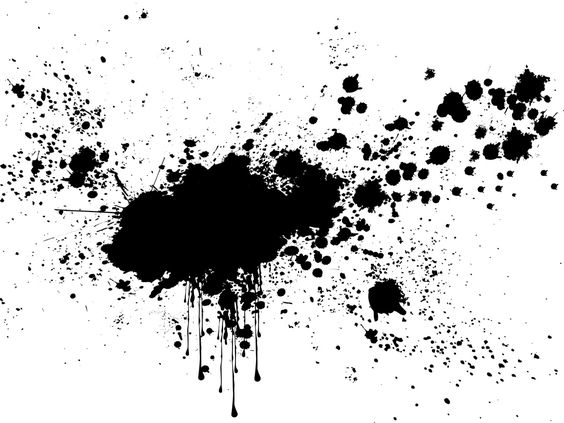Saving the Lives of Angels: Redemption through the Arts in: Trans-States: The Art of Crossing Over (ed by Cavan McLaughlin, Fulgur, 2019).
Link to book: https://fulgur.co.uk/books/edited-by-cavan-mclaughlin/trans-states-art-crossing/?v=f214a7d42e0d
This chapter is based on the lecture given at the 1st Trans-States Conference at the University of Northampton in September 2016. Scroll down to view the video of Sasha’s talk.
Sasha also presented a collection of artwork based on the theme of her talk, published as a separate catalogue viewable here.
Abstract:
During the artistic explosion marking the Parisian Belle Époque, the Salons de la Rose et Croix (1892-1897), though short-lived, were perhaps one of the most ambitious artistic undertakings seen by 19th century French art world. They sought to unite the arts into a revival of initiatory drama, with philosophical foundations rooted in Western occultism and idealist thought.
The Salons were the brainchild of one of the enfants terribles of the French Occult Revival; esoteric philosopher and author Joséphin Péladan (Sâr Merodack, 1858-1918), a key figure in the inception and development of fin-de-siècle French Symbolism. His ultimate goal was a revolution against realism and the re-enchantment and spiritual regeneration of what he saw as a disintegrating and decadent society. Influenced by Platonic philosophy and Luciferian theology, his grand vision comprised an imaginal world in which artist-initiates would form the inner circle, designed to ignite a collective awakening in society and replace religion with art. The artist-initiates would raise the souls of the masses to ecstasy through aesthetic bombardment with symbolic images that would simultaneously stimulate the intellect and the soul. The ultimate end of this awakening would be restitution for the Fall of man and angels through human creativity.
Péladan’s work attempts to dissolve boundaries on several levels. He broke with esoteric “secrecy” and published self-initiation manuals proclaiming his message; he used every artistic communication channel available to disseminate his message; inspired scores of artists to take up his cause; and produced a vast literary oeuvre to support and explain his philosophy. Very much the product of his time, his work reflects the birth of Modernism and the growing social turmoil during the early 20th century.
After a brief introduction to Péladan’s life and times and a contextualisation of his core message, this paper focuses on his concept of the role of art and artists and their power to effect individual and social change according to his esoteric-aesthetic philosophy.


